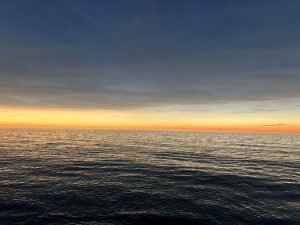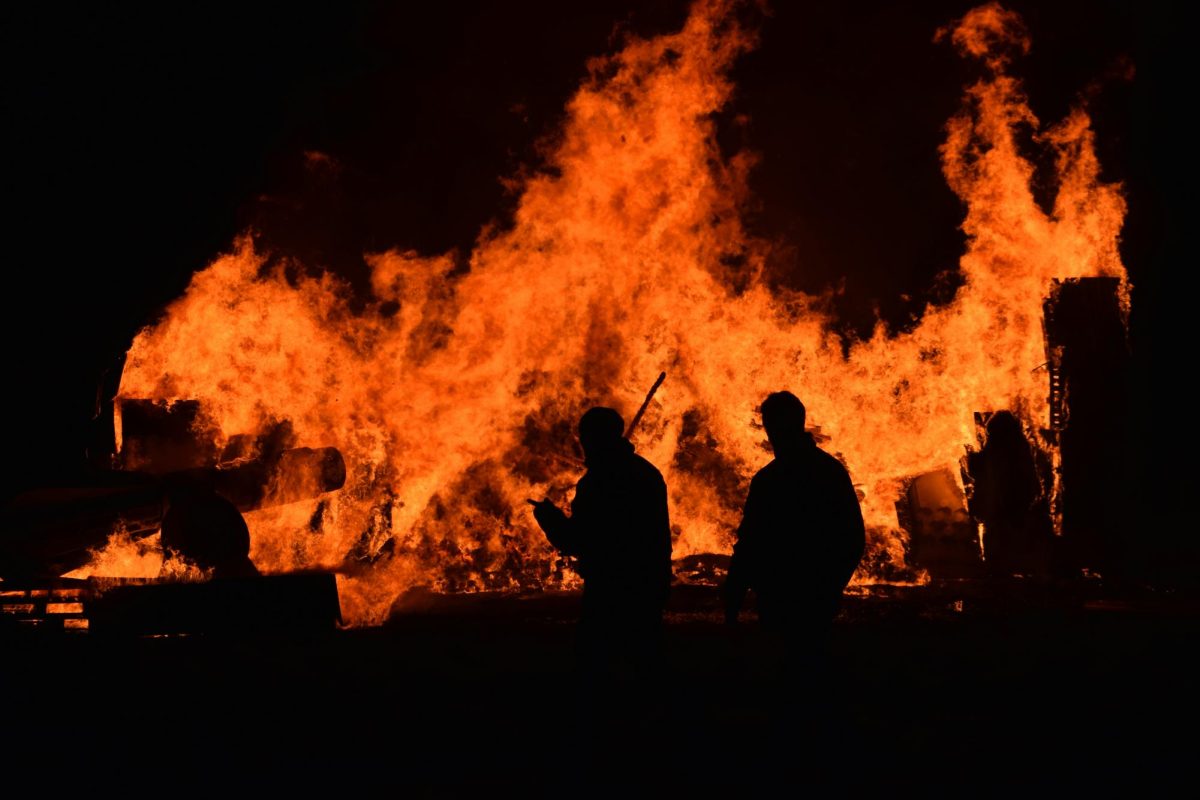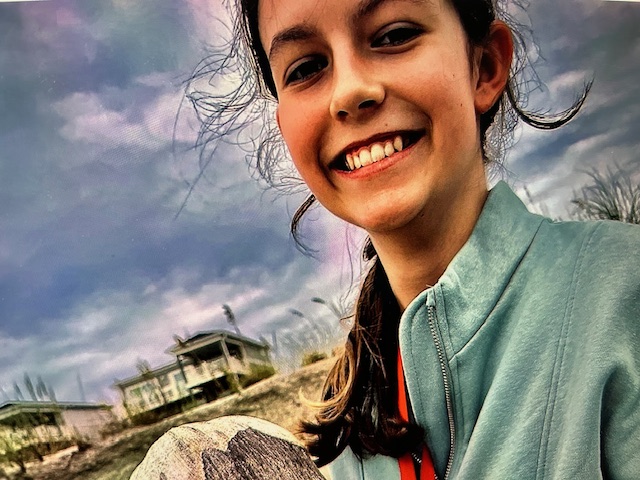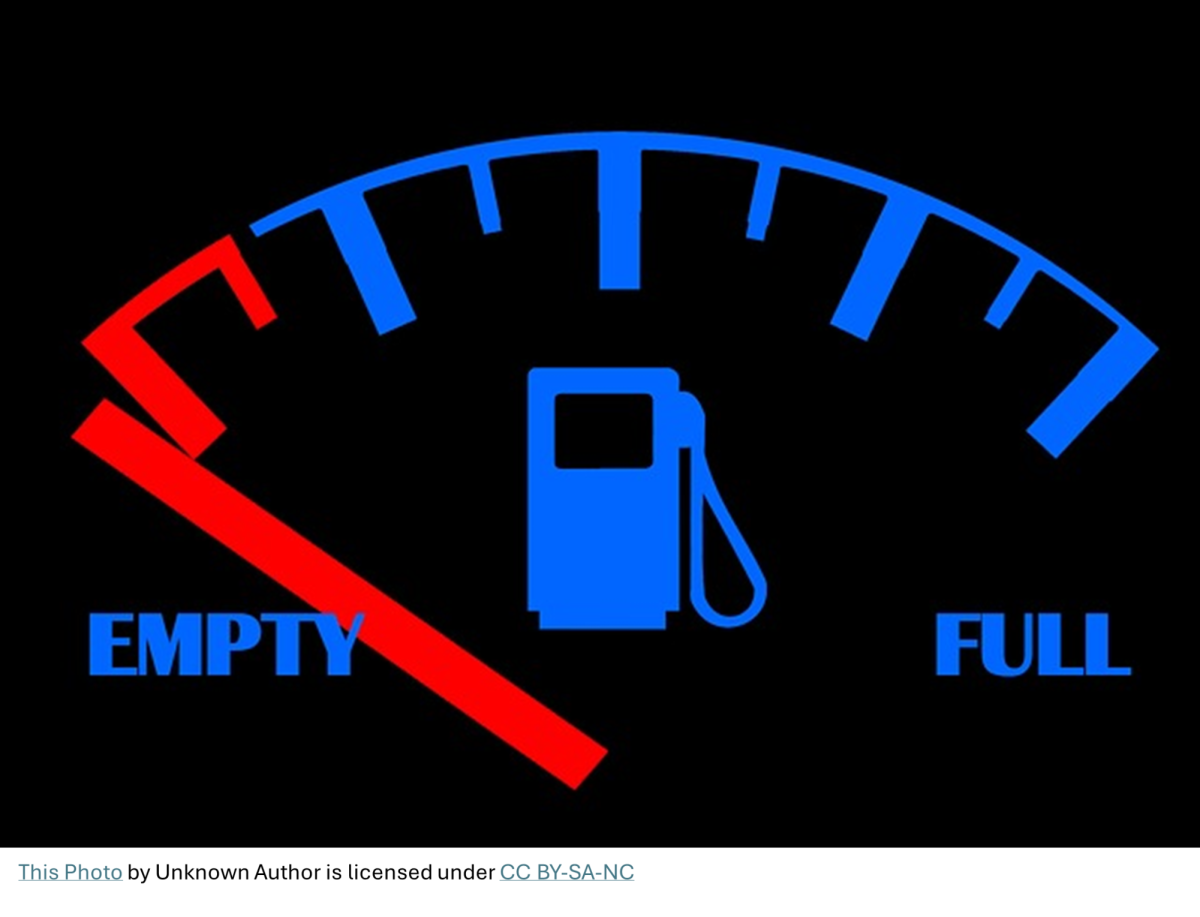On April 8, 2024, a total solar eclipse cut through the center and northeast portions of the United States. According to NASA, “A total solar eclipse happens when the Moon passes between the Sun and Earth, completely blocking the face of the Sun. People located in the center of the Moon’s shadow when it hits Earth will experience a total eclipse, [causing the sky to darken].” In the totality path, people can take off their glasses and see the atmosphere of the Sun, which is the only time it is visible to the human eye. The totality path is where the Moon covers 100% of the Sun, meaning that if only 99.9% of the Sun is covered by the Moon, totality does not occur. The sky is still lit up, and this .1% of the Sun is enough to light up the sky. Every state saw at least a partial eclipse, but only portions of thirteen states could witness the total eclipse. Some of these states included in the totality path were Texas, Arkansas, Indiana, Ohio, New York, and Maine. North Carolina was not included in the totality path, so my dad and I traveled to witness this phenomenon.
Planning for the trip was not easy. To be able to see the solar eclipse, you have to make sure that the clouds do not block the Sun. However, cloud cover is tough to forecast, so we had to base the plans around climatology, meaning we picked the spot that usually has the least amount of cloud coverage in April. According to climatology, the area with the slightest chance of significant cloud coverage was Texas, so that is where we picked to travel to. However, once the eclipse came closer, the forecast showed that Texas would likely be cloudy with severe storms, so we changed our plans to Buffalo, New York. This was unexpected because climatology showed that the Northeast had the highest chance of cloud coverage. Ironically, the Northeast, especially Maine, was the best place to witness the eclipse. However, just days before the eclipse, forecasts started to change, showing that Buffalo would have at least 70% cloud cover.
At first, we accepted defeat and hoped that a miracle would happen, and the clouds would disappear. However, we then realized this was going to fail, so we decided to travel south towards Ohio, where cloud forecasts were more promising. Cloud coverage was still expected, but the clouds were so thin that the eclipse would still be visible.
We then drove three hours to Ohio, where the conditions were nearly perfect for viewing the eclipse. We ended up in a small town on the coast of Lake Erie called Geneva. A few other families were on the beach awaiting the eclipse. Everyone was excited, and it was nice to see people come together to witness this potentially once-in-a-lifetime experience.
Once the Moon covered the last sliver of the Sun, everyone was mesmerized by what we saw. The sky turned dark like someone had flipped a light switch, and there was a beautiful sunset along the horizon of the water. The temperature also dropped about ten degrees, and the crickets started chirping. I could even see solar flares firing off the sides of the Sun. Seeing how greatly the world changed around me, and also being able to see the Sun’s atmosphere was the craziest experience of my life, and it made me appreciate the magnificence of our universe.

I would definitely travel to see another total solar eclipse, and I urge everyone to witness one at least once in their lives. It alters your perception of the world around you, and everyone comes together to experience this captivating event, even if it is only for a few minutes.
Although multiple solar eclipses occur on Earth in a person’s lifetime, it is rare for the totality path to cross your backyard. If one is lucky enough to be in the totality path, this will likely be the only time it will occur in their lifetime unless they move to a different location. The last time portions of Southeast North Carolina experienced totality, was in 1970, and most of the Cape Fear region was not even included in the path. The next total eclipse in Southeast NC will not occur until 2078, with the path passing slightly to the west of Wilmington, similar to the eclipse in 1970. This shows how rare a total eclipse is in the Cape Fear Region, showing why you should consider traveling to see one. The next three total solar eclipses in the United States will be in 2033, 2044, 2045, and 2052.




















Gerald Decker • May 2, 2024 at 5:36 pm
What an adventure to share with your Dad.